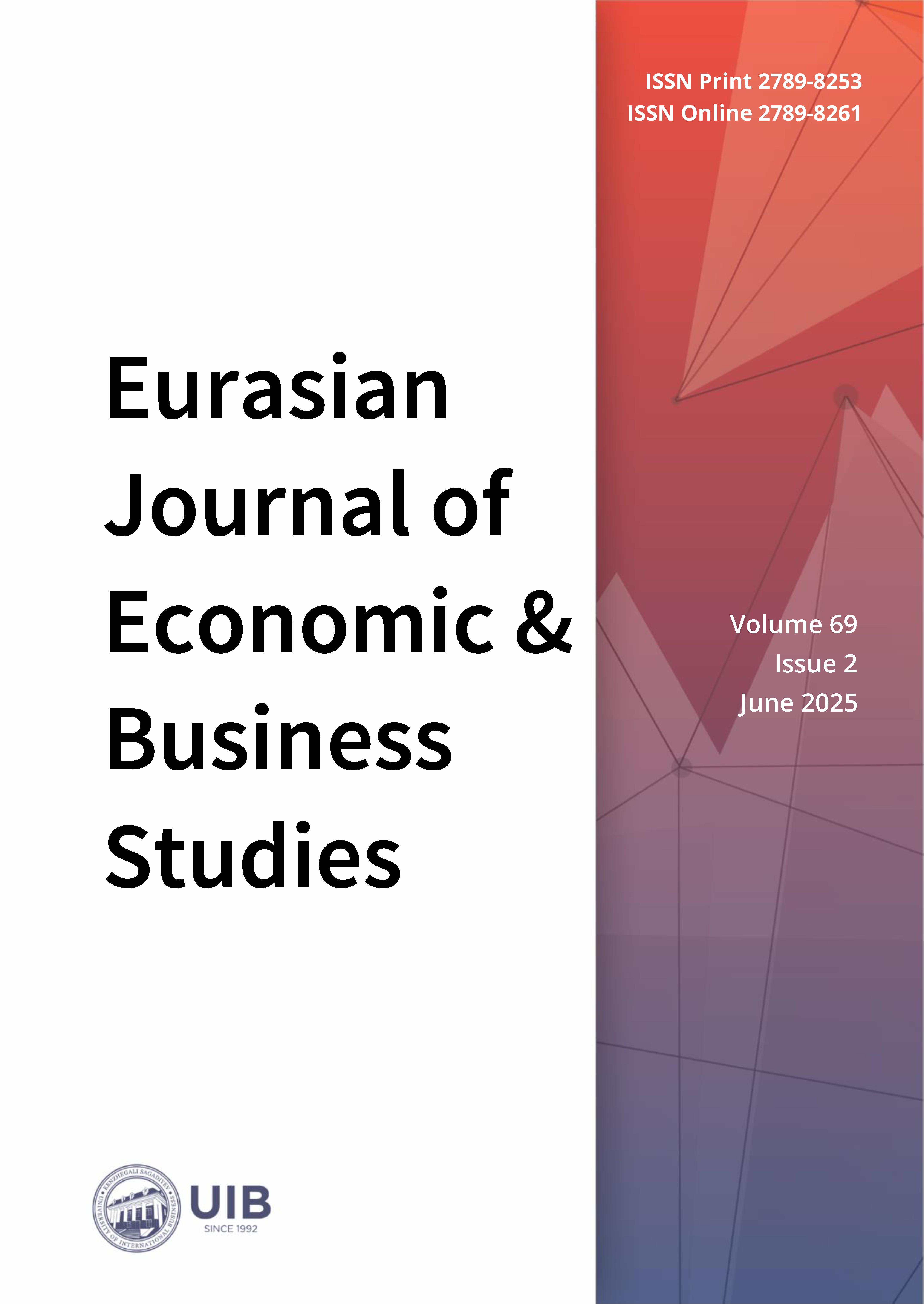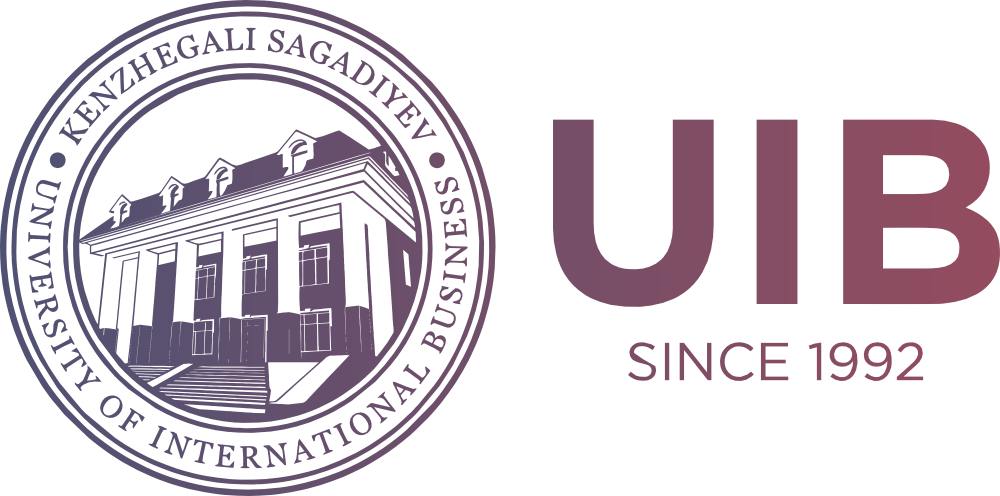Analysis of Employment Policy Effectiveness in Kazakhstan: Regional Clustering Approach
DOI:
https://doi.org/10.47703/ejebs.v69i2.508Keywords:
Employment, Employment Economics, Regional Policy, State Audit, Business Activity, Enbek Program, KazakhstanAbstract
Effective evaluation of public employment programs in transition economies requires analytical frameworks that can address institutional complexity, spatial disparities, and inconsistent performance monitoring. The purpose of this article is to conduct a state audit of the implementation of the “Enbek” employment program in Kazakhstan from 2017 to 2021, taking into account both spatial and institutional aspects. The study employs a combination of pre- and post-analysis, regional comparative assessment, hierarchical clustering, and benchmarking against official unemployment targets to assess policy coherence and execution. The empirical base comprises panel data from 17 regions of Kazakhstan, covering the period from 2014 to 2024. The results demonstrate the achievement of the national target for the unemployment rate (<4.8%) and a decrease in the share of informal employment from 25% to 12.5%. However, pronounced regional imbalances and institutional constraints remain. The findings of the cluster analysis reveal three regional typologies reflecting disparities in labor market structure and policy responsiveness. Regions with developed labor infrastructure exhibit relative stability, while peripheral regions remain characterized by persistent structural misalignments. However, the results suggest that current evaluation methods are insufficient to fully assess the effectiveness of employment programs across different regions. Future research should focus on developing indicators for regional inclusivity, integrating program sustainability assessments into strategic planning, and institutionalising the adaptation of public employment tools.
Downloads
How to Cite
Downloads
Published
Issue
Section
License

This work is licensed under a Creative Commons Attribution 4.0 International License.
Authors retain copyright and grant the journal right of first publication with the work simultaneously licensed under a Creative Commons Attribution (CC-BY) 4.0 License that allows others to share the work with an acknowledgment of the work’s authorship and initial publication in this journal.



